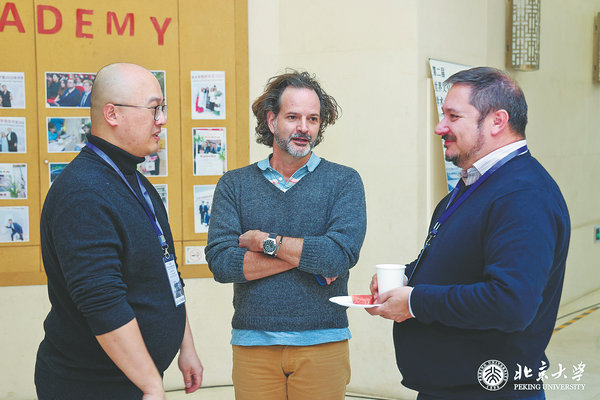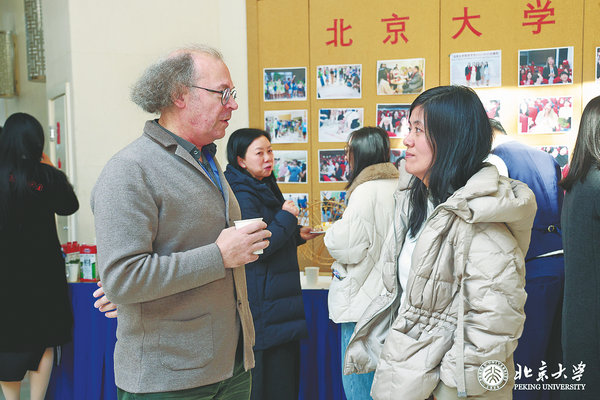Heritage faces growing weather threat
By Wang Ru | China Daily | Updated: 2023-12-09 11:22

Du Xiaofan, a professor at the Department of Cultural Heritage and Museology of Fudan University, says that frequent rainfall has damaged the Subashi Buddhist Temple Ruins in Kuqa, Xinjiang Uygur autonomous region, a large-scale, well-preserved complex on the Silk Road, and calls on more protection.
Subashi was included as part of UNESCO World Heritage Site Silk Roads: the Routes Network of Chang'an-Tianshan Corridor in 2014.
Du says that it has rained frequently in the temple area in recent years.
"When we were doing field research in Kuqa last year, I stayed for 10 days, five of which were rainy. At first, I thought this was an unusual situation, but after talking to the staff, I found out that it has often rained there in recent years," says Du.
Meteorological data show that since the 1990s, rainfall in the temple area has continuously increased, with the exception of 2015. Moreover, when it rains, it's usually heavy.

Torrential rain leads to surface runoff, which can erase sections of temple foundations. Damage of the foundations is very difficult to undo, he continues. Water also now accumulates in flat, riverside areas, leading to subterranean erosion and building collapse.
Efforts have been taken to protect the site, including the building of a flood control dam, but Du hopes that more measures would be taken in the future. He suggests carrying out studies of the site as soon as possible, including a hydrogeological and meteorological assessment of its susceptibility to natural disasters, a study of the characteristics and mechanisms of damage, and research into preservation materials and techniques.
"There are many pagodas on the site. Some people say they have stood for more than a thousand years without falling, so why should we interfere in now? But before, they were like a person in their 60s or 70s, and had longer to live, so the situation didn't seem to be urgent. Now, they're like an elderly person in their 80s or 90s, approaching the limits of their life, so, it's time to do something," says Du.
























